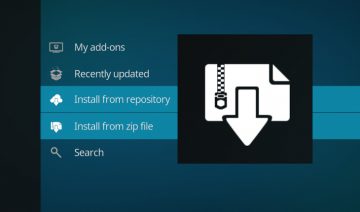As a web developer and a website owner myself, I know how difficult it can be to maintain a website which is optimized and compatible with every type of device, browser or screen-size that’s out there.
In order to deal with the matter, website owners / web developers may sometimes decide on dividing their websites into two separate versions – one intended for desktop and another for mobile.
Usually, you’ll be able to tell the difference just by the way these websites appear on your screen, yet in other cases you may also assist in other, more obvious clues, such as the letter “m” at the beginning of the website address.
For instance, m.facebook.com is the mobile version of Facebook website.
OK. so it’s a fun fact to know, however, why should you care about it? Well, read the next paragraph and you’ll quickly find out.
Why View A Desktop Version On Your Mobile?
Since desktop versions of websites has existed since, approximately, the beginning of the Internet, whereas mobile versions has only recently started to show up, it is not too uncommon that you’ll encounter peculiarities or bugs.
One such bug, I’ve personally encountered on a website I visit daily, is that no text is shown even after the web page has completely finished loading.
To deal with this kind of issue and others alike, besides reporting the bug of course, there’s also another, quite simple, way which leaves the power in your hands, the user, of whether to use it or not.
And that’s, you’ve probably already guessed, is to view the website in its desktop version! yay
Alas! how will you do that when surfing through a mobile device?
Try to simply view websites in their desktop versions using your mobile device and you’ll quickly learn that most websites incorporate automatic referral to their mobile version.
You may try unique mobile web browsers, such as Dolphin for example, yet still, sometimes even they aren’t enough to do the trick.
So what do work?
Meet Phony (the saviour)
Apparently, there’s an awesome Firefox addon (yes you’ll have to use Firefox since it’s the only browser supported currently) called Phony which helps you change the way your browser is identified by the websites you visit.
So for instance, when you visit a website which doesn’t behave on your mobile device, all you need to do is just switch to a “desktop profile” and reload the page.
How Does It Work?
In the words of Phony developer:
Phony adds a user-agent switcher to the Firefox menu, so you can view desktop or mobile sites by masquerading as an iPhone, Android, or desktop browser.
Press the menu button on your phone (or in the top right, for Android 4 phones without hardware buttons) and then choose “Phony” to select a user-agent.

1.Click on Phony addon 2.Click the user-agent to open a drop-down list 3.select the user-agent you want
Don’t forget to reload the page after you’ve changed the user-agent and the rest will happen by itself.








